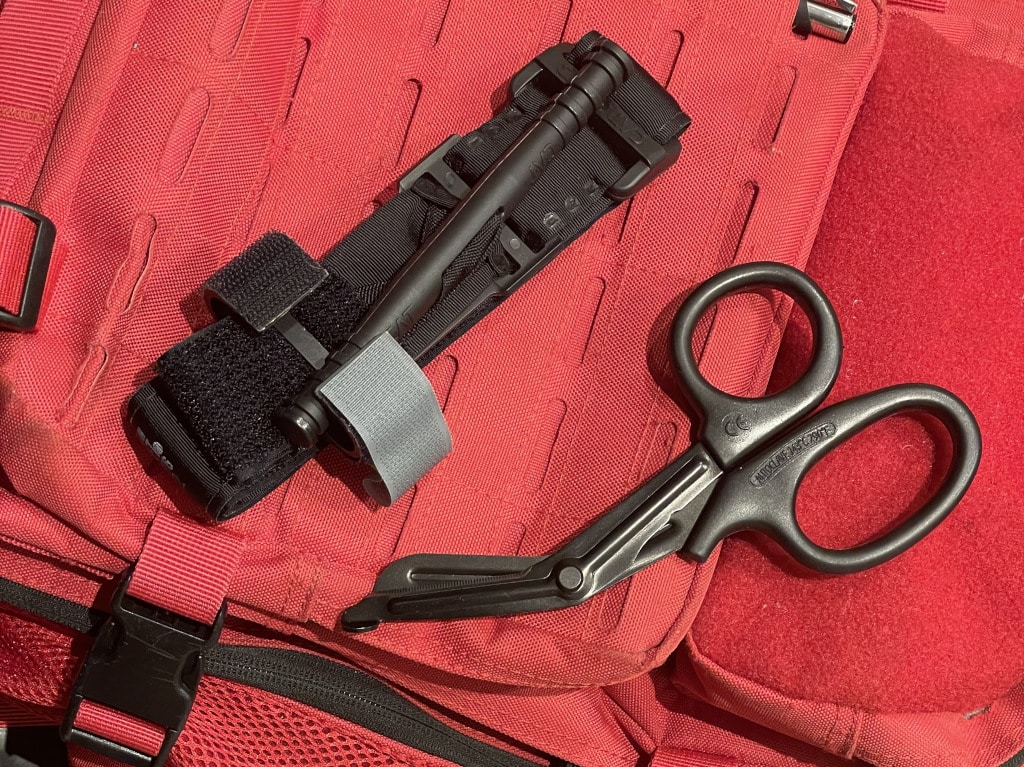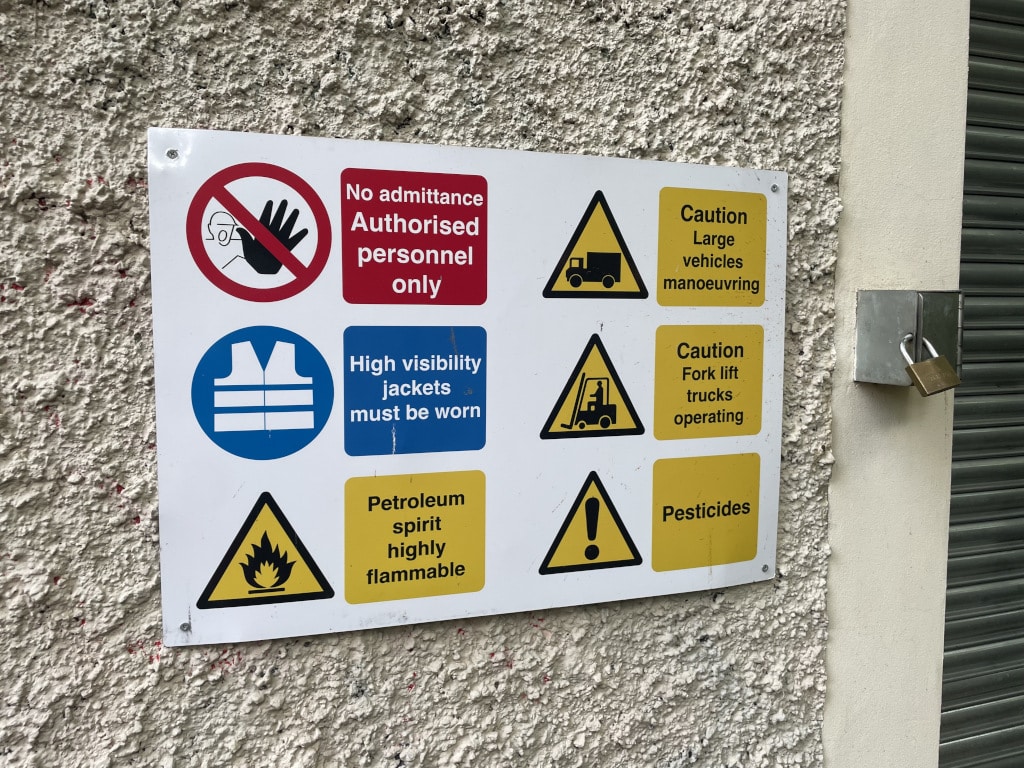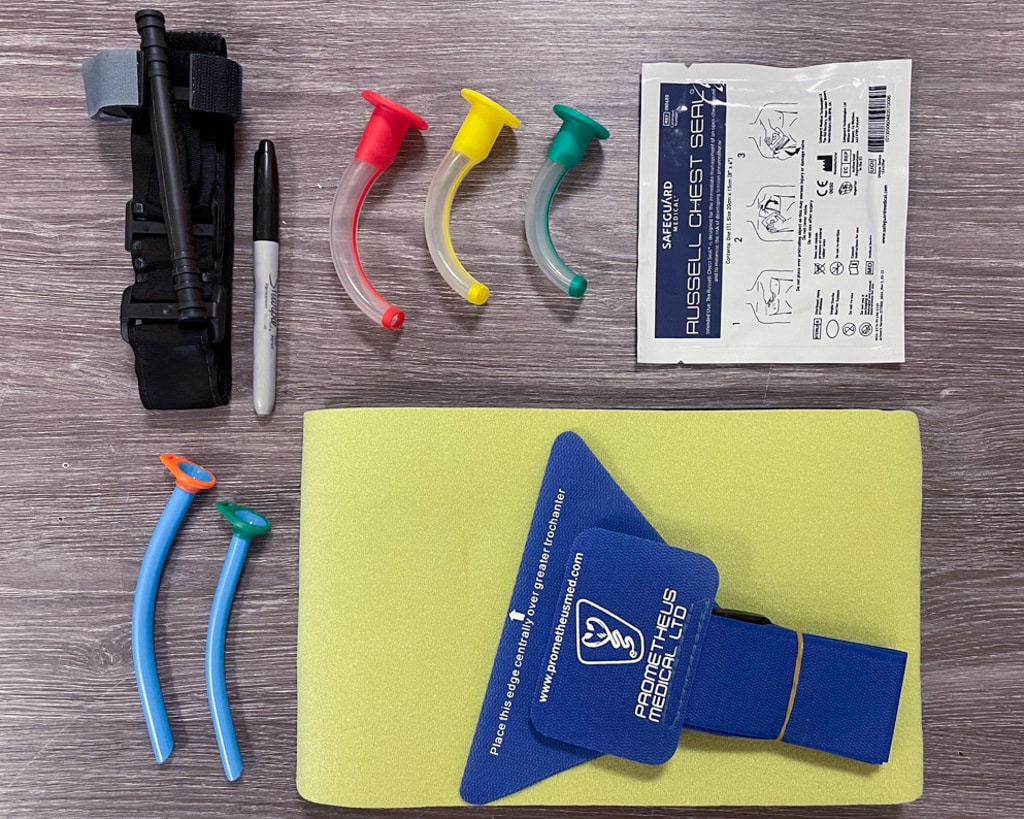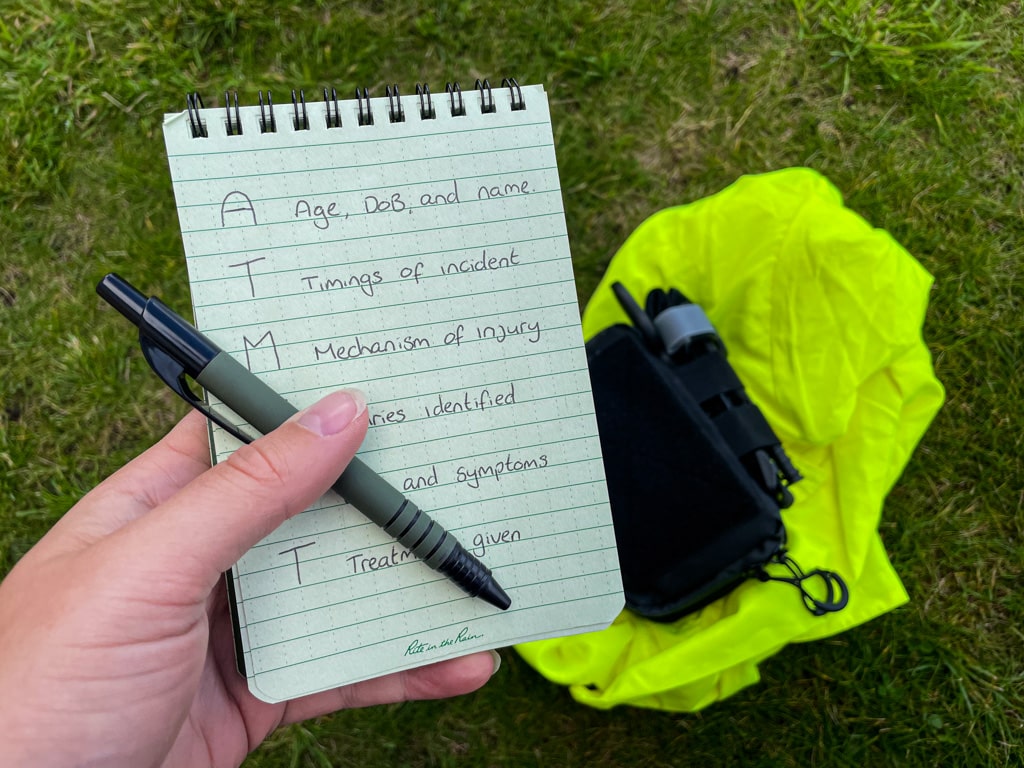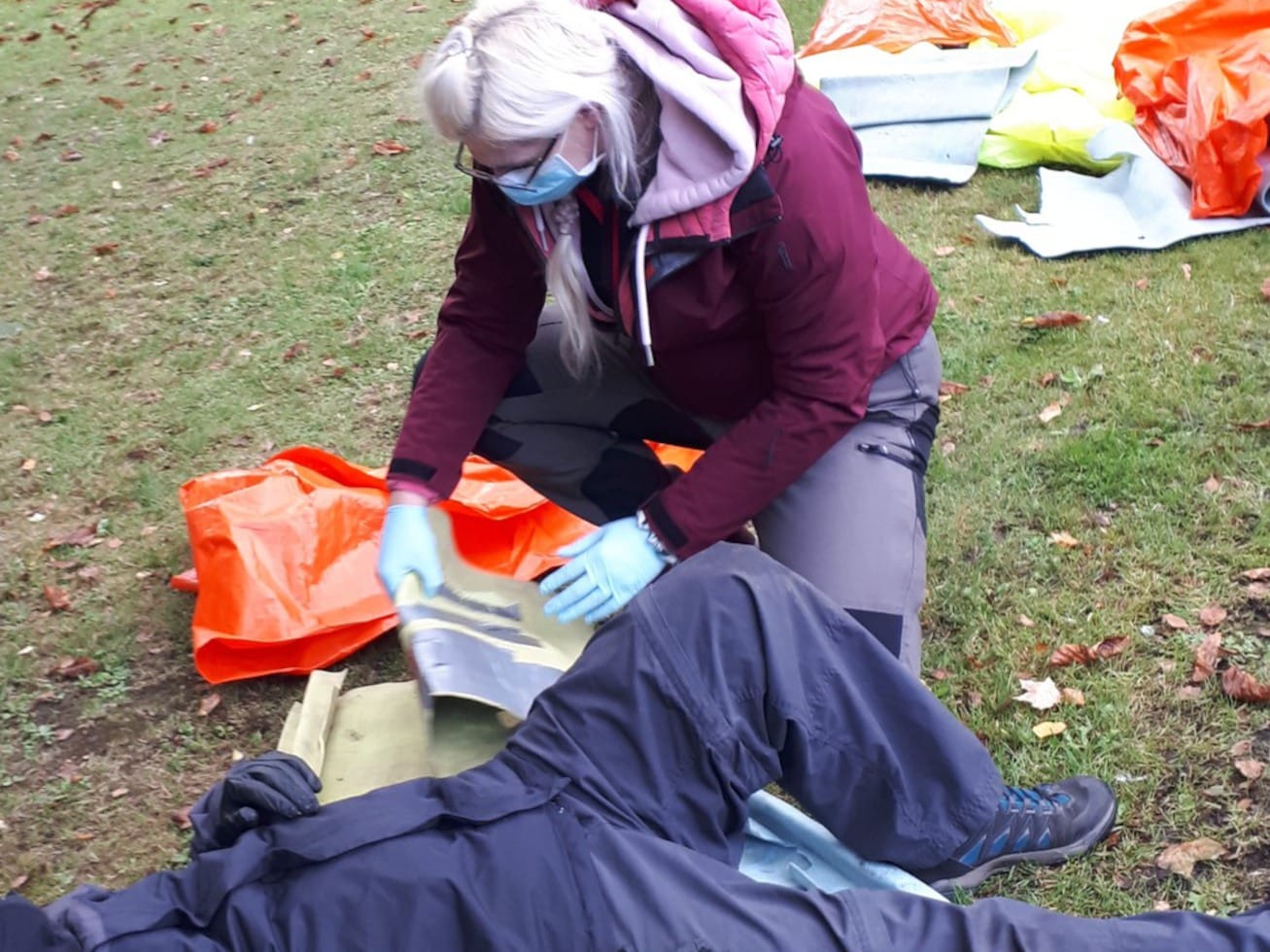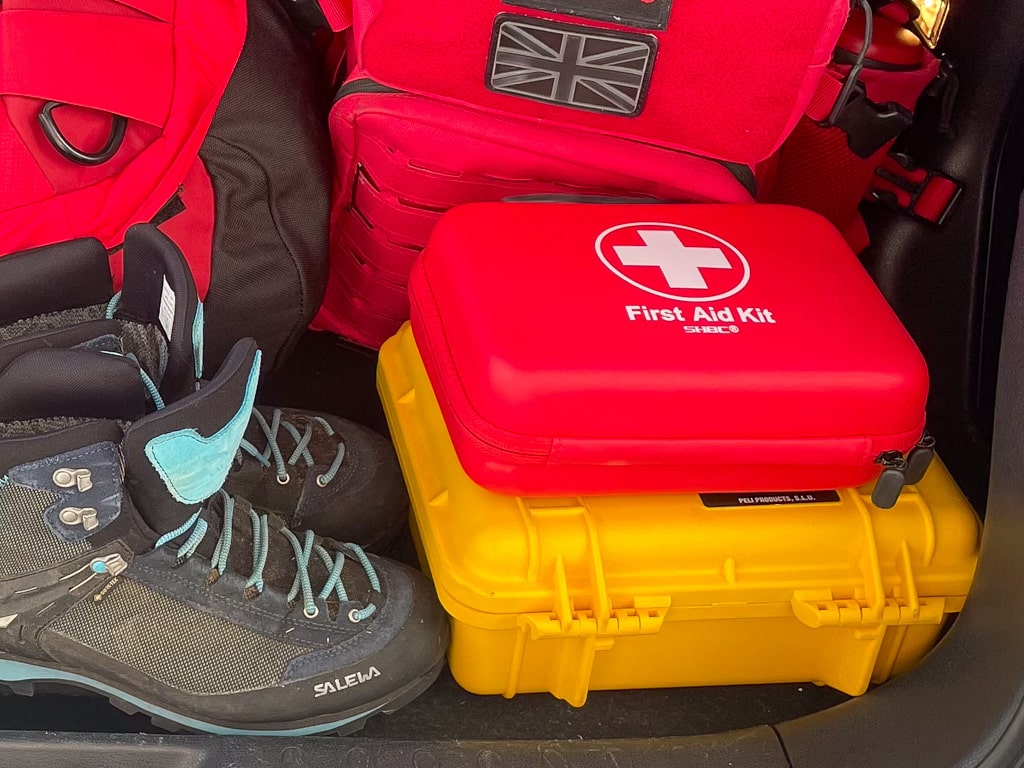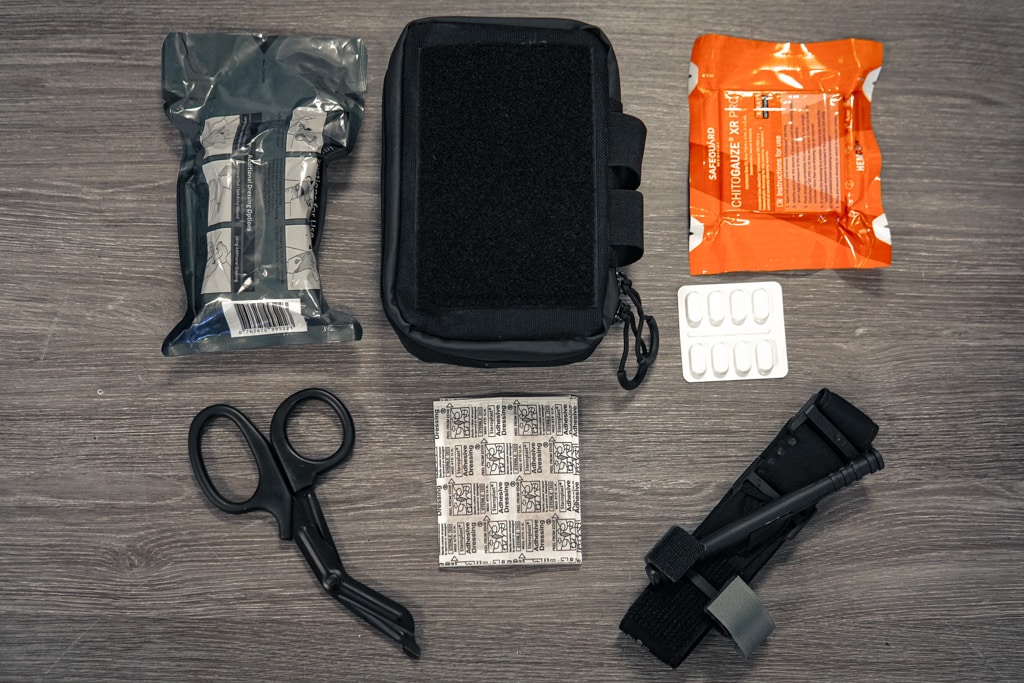Primary Survey: Advanced First Aid – DRCABCDE
The Primary Survey is a rapid assessment of a casualty to determine if there are life threatening injuries or a condition that needs addressing immediately. In this article we’ll run through the more advanced version of the Primary Survey covered by DRCABCDE. This version is not appropriate for those with only basic first aid knowledge and is instead designed for those with advanced training and equipment.
Primary Survey: Basic First Aid – DRABC
The Primary Survey is a rapid assessment of a casualty to determine if there are life threatening injuries or a condition that needs addressing immediately. There are several mnemonics to assist with delivering an effective Primary Survey, but as with any aspect of first aid there is always a desire to cram as much detail as possible. Leading to several variations of the the initialism (for example, DRABC, DRSCABC, and DRCABCDE). In this article we’ll run through the basics of a primary survey only and we will use the basic mnemonic “DRABC”.
Whats goes in an IFAK?
What you carry in your Individual First Aid Kit should be just that: individual. Both in terms of how much you carry, the aim of an IFAK is to cover your individual requirements and carrying too much just means that it’s less likely that you’ll carry it (One exception to this rule is for parents and pet owners, you might want to carry a little extra for your dependents).
Plus it should be tailored to your individual requirements – if you work in an office in a city, you probably don’t need much, but if you work in the country away from your vehicle then you’ll likely require more. I’ll cover what I carry day-to-day in this post, but I should note that I carry a little more when I’m out on the hills. I also carry a different kit in my vehicle.
What is an IFAK?
An IFAK is an “Individual First Aid Kit”, occasionally you’ll hear people call these “Infantry First Aid Kits” but during my time in the Military it was always “Individual”, so I’ll stick with that. These are First Aid Kits carried by individuals to address any immediate aid requirements they might have. For the military that meant temporarily addressing traumatic injuries sustained on the battlefield until your battle buddies could get you a medical evacuation.
Read More
